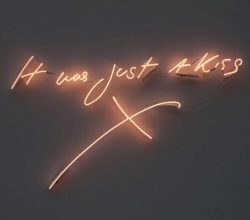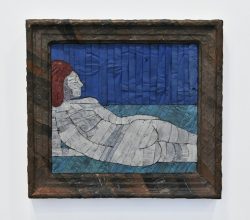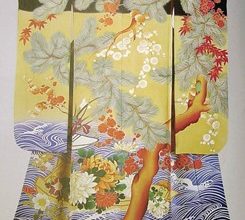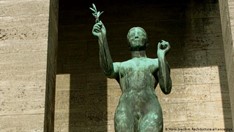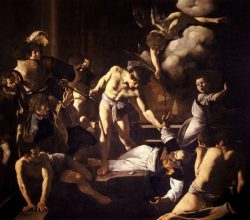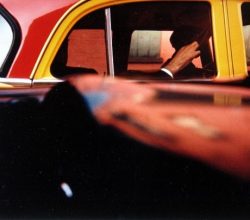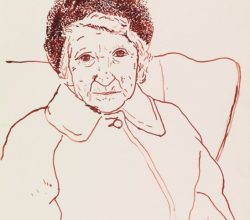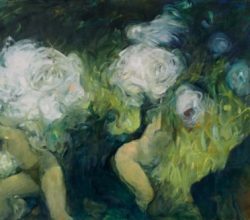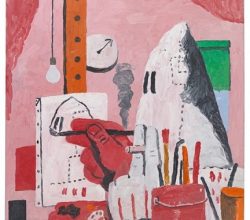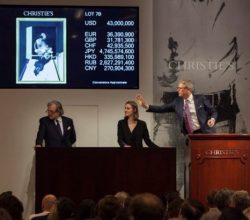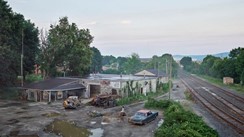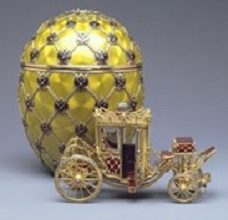
How Peter Carl Fabergé continues to inspire the Fabergé brand even 100 years after his death
Aliya Ladhabhoy | Luxebook | 24th September 2020
When Peter Fabergé took over the family business in 1882, he raised its artistry and craftsmanship to astonishing levels. His Imperial Eggs reflect the elegance of St. Petersburg’s Belle Époque society and almost flaunt their mastery of guilloché, a fiendishly difficult enamelling technique. Just as spectacularly, they demonstrate Fabergé’s own inventiveness and exquisite taste. Little wonder he enjoyed that most precious thing – the Tsar’s carte blanche.

